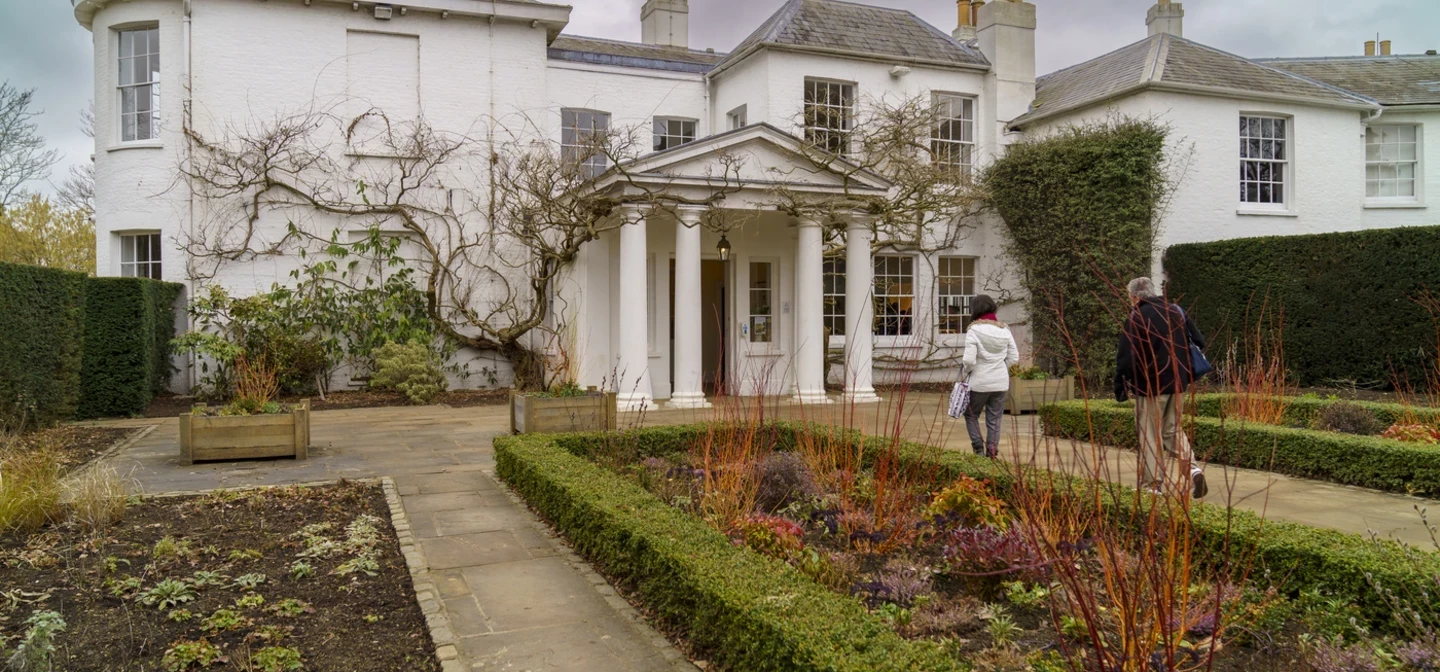
History of Richmond Park
Key information
Richmond Park has changed little in 800 years. Once a favoured royal hunting ground, it is the largest Royal Park in London.
Thanks to its flourishing biodiversity, it is a National Nature Reserve, London’s largest Site of Special Scientific Interest and a European Special Area of Conservation.
The history of Richmond Park – rooted in royalty
Richmond Park’s royal connections date back to the 1200s. Originally named the Manor of Sheen by King Edward I, King Henry VII changed the name to Richmond Park around 1501, to reflect his title: Earl of Richmond. For the next 300 years, the hue and cry of royal hunts was a familiar sound in the neighbourhood.
But it was a visit to Richmond by King Charles I in 1625 that transformed this quiet rural area, with its farmlands and pasture, into a Royal Park.
Richmond Park and the Stuarts
In 1625, King Charles moved his entire court to Richmond Palace to escape the Great Plague in London. Richmond was a rural refuge – and it also gave him the best opportunities for hunting near London.
The King stocked the park with 2,000 beautiful red and fallow deer that Richmond Park is still known for. He appointed nobleman Jerome Weston as keeper of the new park – a post he was given for life, in return for a fee of 12 pence a day.
The New Park, as it was then nicknamed, became a favourite royal hunting ground. In 1637, King Charles built a brick wall eight miles long to keep his deer in – and local residents out. He later installed a ladder in the wall to give them access and you can still see the wall today.
Richmond Park’s historic views and vistas
Richmond Park’s hilltop position means it has panoramic views across the whole city. In fact, these stunning views were carefully managed and planned back in the 1700s as a way to show the park off to VIP royal guests. The most famous view in Richmond Park is from King Henry’s Mound – a favourite spot of King Henry Vlll. The so-called ‘mound’ is, in fact, a pre-historic burial chamber from the Bronze Age. If you look east across London from the top, you’ll have an uninterrupted view to St. Paul’s Cathedral, 12 miles away.
The history of Pen Ponds and Pembroke Lodge
If you were to look at a Victorian map of Richmond Park, you would still be able to find your way around. The same architectural features, lakes and views that existed 150 years ago are still here today.
Pen Ponds, a lake divided in two by a causeway and surrounded by reed beds and groves of ancient oak trees, was dug in 1746. It’s a perfect place to see coots and swans, and many varieties of ducks.
Pembroke Lodge is a magnificent, Grade II listed Georgian mansion. Built in 1754, it was originally a four room cottage for the park’s resident mole catcher. Queen Victoria gifted it to her then Prime Minister, Lord John Russell, and his grandson, the celebrated philosopher and mathematician, Bertrand Russell, spent his childhood here.
The lodge is now an elegant tea room and restaurant.